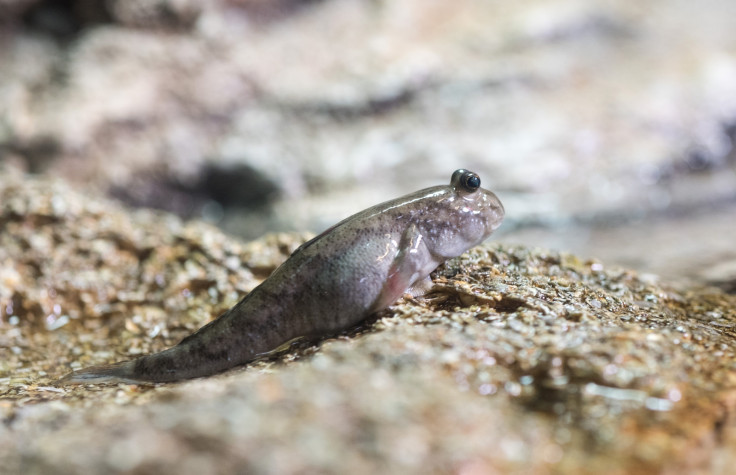Evolution: How tails drove the move from water to land 360 million years ago
Animal, robot and mathematical models show tails likely helped push early vertebrates up sloping terrains.
In the move from water to land 360 million years ago, the first terrestrial animals were given a big push from an unlikely source – their tails. The evolutionary move to land was thought to have largely depended on fins, but scientific models now indicate tails would have provided the momentum needed to climb hilly terrains.
Published in the journal Science, researchers were looking to better understand the early movement required for vertebrates moving from the sea to land. Because they were aquatic creatures, they would have needed specific adaptations to move across the terrain – especially the granular, sloping surfaces found at shorelines.
The team studied the movements of the mudskipper, a fish that can walk on land using its fins and can jump with its tail. They then created a robot model that used the mudskipper's movements and looked at the flow and drag of how it crawled along in different conditions.
Their findings showed that on flat land, fins suffice perfectly well. However, once the ground begins to slope, the tail becomes increasingly important. At a 10 degree slope, the tail was used in about a third of the steps. Once the incline reached 20 degrees, the tail accounted for over half of the movement. They also found the tail provided anchorage, to stop it sliding backwards down the slope.

"We were interested in examining one of the most important evolutionary events in our history as animals: the transition from living in water to living on land," said Richard Blob, from Clemson University. "Because of the focus on limbs, the role of the tail may not have been considered very strongly in the past. In some ways, it was hiding in plain sight. Some of the features that the animals used were new, such as limbs, but some of them were existing features that they simply co-opted to allow them to move into a new habitat."
Dan Goldman, from Georgia Institute of Technology, added: "We want to ultimately know how natural selection can act to modify structures already present in organisms to allow for locomotion in a fundamentally different environment. Swimming and walking on land are fundamentally different, yet these early animals had to make the transition."
© Copyright IBTimes 2025. All rights reserved.






















